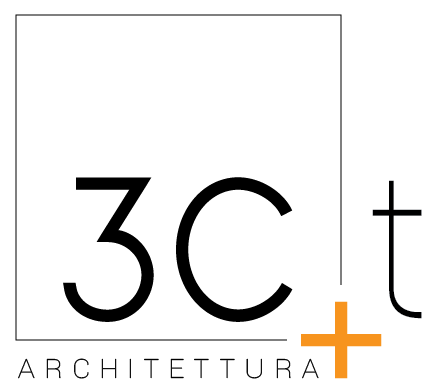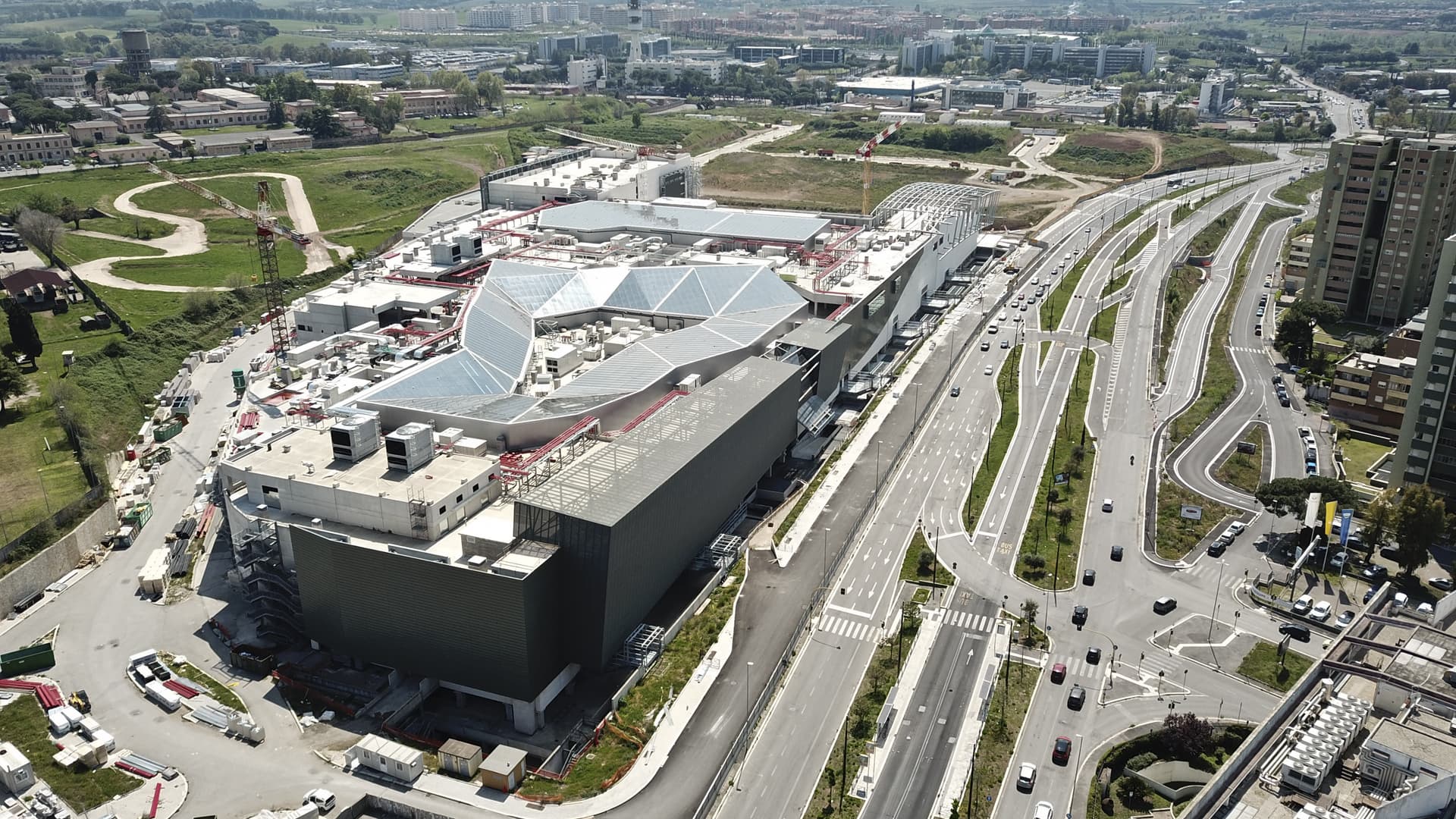Transformations at the margin, The Laurentino Passage is a film by Isplora, a body approved by the National Council of Architects and the American Institute of Architects (AIA) which offers free courses for architects with one-hour films on architecture also valid for professional credits. The film highlights the theme of the urban transformation of the city of Rome, in its complexity, intercepting and interpreting new uses of space, flows, modifications and changes in the socio-economic habits, as well as possible innovations in the physical design of the territory.
Two stories, two scales that move in parallel: from the detail to the city, from flows to living. Enlargements and reductions, in a twofold path that tends to collide, overlap, keeping together the different stories and needs present within the territory. A journey aimed at highlighting the transformation of contemporary urban space, observing the forces that drive this change, exploring shapes and dimensions.
Rome and its possible mutation.
The narration of urban complexity, identifying mechanisms and forms, perceptions and crossings, projecting architecture onto the background, the setting for growth and transformation, the scene of changing lifestyles and a broader way of living.
The Laurentino passage.
On the one hand, the film aims to highlight, over a long period of time, the history of urban visions and strategies, the plans of 1931 and 1962 that move the city towards its edges, imagining suburbs that become the center. Starting from the E42 project, from the EUR district, up to the construction of the public city, social housing neighborhoods: the urban planning reform, law n.167 of 1962, the cooperatives and experimentations, solutions and issues. To do this, the narrative uses a case study, the story and vicissitudes of one of the most emblematic cases of Rome, Laurentino 38 designed by Arch. Piero Barucci: the system of urban vertebrae and the settlement mechanism, roads and bridges, bar-shaped buildings and towers. A movement that increasingly expands the edges of the historic city and the consolidated one, introducing a new element: the GRA, the Grande Raccordo Anulare. A distributive border, the frame supporting the vehicular flow of many Roman stories that turns into a settlement element by expanding territories and generating new forms of living, beyond the ring, breaking up the edges and putting an end to the historic dichotomy between city and countryside, in a city-territory.
On the other hand, the film aims to highlight the project of one of these centralities, identified by the 2008 Rome Town Plan for Laurentino. An evolving commercial hub which today shows its first piece: the Maximo shopping center, designed by the firm 3C+t Capolei Cavalli Architetti Associati. Starting from this space, from its concept and execution, it is possible to draw a parallel with the movement of the city outwards, towards its edges, from the historic city to the one undergoing transformation. The narration thus moves by crossing architecture, highlighting elements and themes, solutions and challenges to be overcome: from light penetrating from the roof to the interiors, overcoming the spaces of the market to exit onto the public square where not only the aspects of the skin, of the superficial texture of the center are taken into consideration, but the two stories and observation scales meet.
The new centrality within the Laurentino district.
The Maximo shopping center thus becomes not only the litmus test of a construction process, but it establishes strategies and connections, a place where material and immaterial flows land, temporal stratifications and economic processes, local node and threshold where different instances and urban issues meet, those of today and those of the future.



